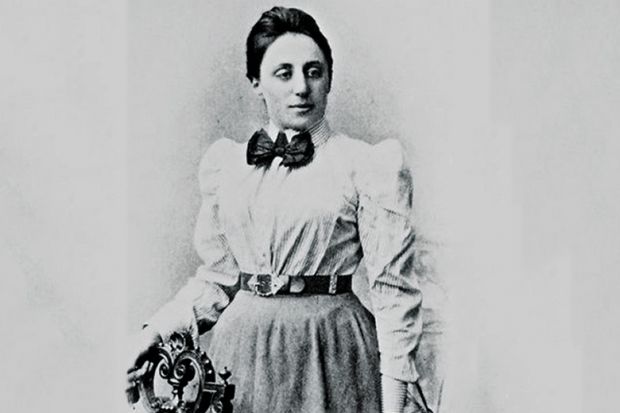It is a cliché but true nonetheless: particle physicists are in the business of exploring nature’s most remote and mysterious territory. At the far frontier of the known, they inch forward, searching desperately for a path through the fog and darkness. Particle physicist Jon Butterworth has taken this image to heart, turning himself into a subatomic tour guide who escorts us through a Middle Earth-like “map of the invisible”.
Yet his guide is not Lord of the Rings but the Standard Model. This is the high point of fundamental physics, a “quantum” description of how nature’s three fundamental forces glue together the ultimate Lego blocks of matter – six quarks and six leptons.
Underpinning the Standard Model, Butterworth tells us, is the idea of symmetry. In 1918, the German mathematician Emmy Noether discovered one of the most powerful principles in science: that the great “conservation laws” of physics are simply reflections of deep symmetries – in the case of the conservation of energy, a consequence of experiments having “time translation symmetry”, ie, producing the same outcome no matter what time they are done.
One of the most extraordinary and wonderful consequences of Noether’s theorem, enthuses Butterworth, is that, to make the “quantum wave” of an electron display “local gauge symmetry”, physicists must add a force with a very particular character. The force turns out to be none other than the electromagnetic “interaction”. In other words, the force responsible for a bewildering array of electric and magnetic phenomena, which took centuries of painstaking experiment to lay bare, is little more than a consequence of a trivial symmetry.
Symmetry, Butterworth points out, also led to the prediction of the Higgs particle, a local “excitation” of the Higgs field, responsible for endowing all the other particles with mass. How amazing that Peter Higgs, hiking in the Cairngorms in 1964, predicted a particle that was found almost half a century later at a cost of tens of billions of euros at the Large Hadron Collider (although he was actually one of several physicists who developed the “Higgs mechanism”).
Despite the formidable success of the Standard Model in explaining and predicting things, however, it is known to be a mere shadow of a deeper, truer theory. It does not tell us, for instance, why the top quark is a million times heavier than an electron, why nature triplicates its quarks and leptons, and why neutrinos have mass. More seriously, the fourth force – gravity – remains stubbornly outside the fold.
Now nature has thrown up several new mysteries. Only 5 per cent of the universe’s mass is described by the Standard Model. About 25 per cent is invisible, “dark”, matter (inferred from the gravity it exerts on the visible stars and galaxies) and 70 per cent is dark energy – yet more invisible stuff, this time with repulsive gravity that is speeding up the universe’s expansion. When the Standard Model is used to predict the energy density of the vacuum – the dark energy – it spits out a number 1 followed by 120 zeroes bigger than we observe. This is a strong hint that we are missing something, something big.
These are exciting times for fundamental physics and Butterworth describes with clarity, humour and enthusiasm the lie of the land at the ultimate frontier. You will not find a better tour guide.
Marcus Chown, formerly a radio astronomer at the California Institute of Technology, is author of The Ascent of Gravity: The Quest to Understand the Force that Explains Everything (2017).
A Map of the Invisible: Journeys into Particle Physics
By Jon Butterworth
William Heinemann, 304pp, £16.99
ISBN 9781785150937
Published 5 October 2017
Register to continue
Why register?
- Registration is free and only takes a moment
- Once registered, you can read 3 articles a month
- Sign up for our newsletter
Subscribe
Or subscribe for unlimited access to:
- Unlimited access to news, views, insights & reviews
- Digital editions
- Digital access to THE’s university and college rankings analysis
Already registered or a current subscriber?




